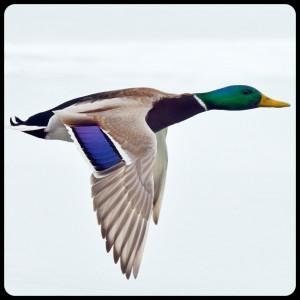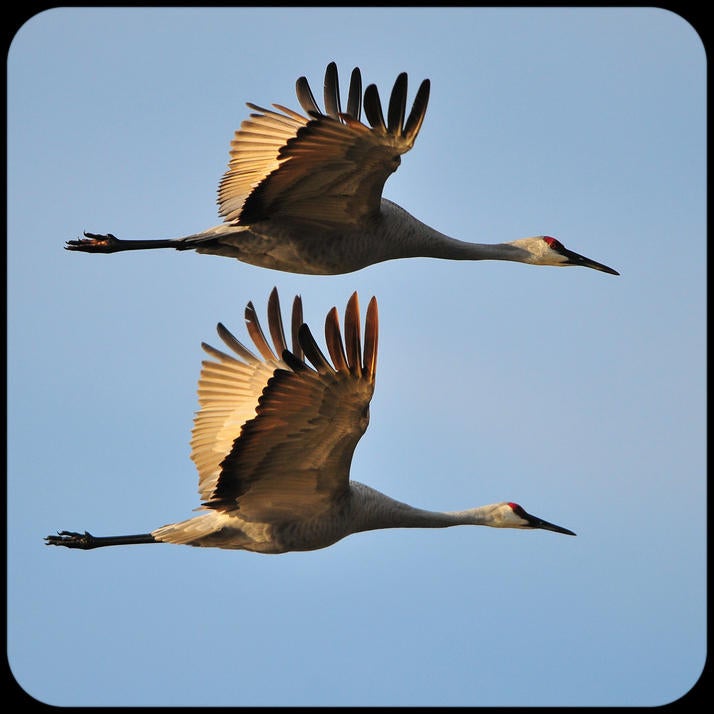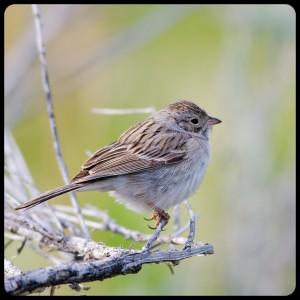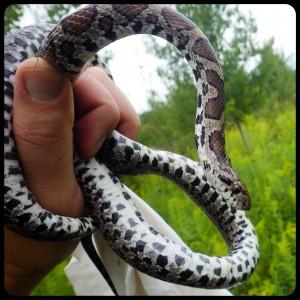Research in the Fedy Lab examines factors that influence fitness of animal populations at multiple scales—from genes to landscapes. The impetus for most of our research emerges from important conservation issues; however, we also endeavour to answer general ecological questions to improve concepts and theory in ecology and evolution. We focus on questions examining habitat selection, landscape genetics, population trends, and social behaviour.
We integrate across disciplines in ecology which often requires the use multiple tools to investigate priority research questions. In addition to our lab-based genetics research, we use the tried-and-true techniques of field-based research in wildlife capture, marking, and tracking. We also use multiple modelling approaches to understand the data we have collected and generated including Bayesian statistics, mixed-models, circuit theory, and machine-learning approaches. Much of the research in the lab focuses on a diverse array of avian species including grouse, waterfowl, raptors, and passerines. However, we do not limit our research only to birds and have also conducted research on herptiles, fish, insects, and mammals. Finally, we work closely with our management partners to ensure the relevance of our research to conservation and management actions.
Current projects
Details are provided below on some of the ongoing research projects in our lab. Please contact Dr. Brad Fedy if you would like additional information.
Landscape factors influencing functional connectivity for greater sage-grouse: a range-wide perspective.

We are working as part of a large collaborative to understand genetic connectivity across the entire range of greater sage-grouse. Collaborators include the U.S. Geological Survey, U.S. Fish and Wildlife Service, U.S. Forest Service, Natural Resources Conservation Service, the University of Montana, and 11 state fish and wildlife agencies.
Does resource development alter predation rates?

Canada’s Western Boreal Forest (WBF) supports 12 to 15 million breeding waterfowl annually and is considered the second most important breeding area in North America. However, changes in habitat in the WBF caused by the development of natural resources may threaten waterfowl carrying capacity. Consequently, quantifying the effect of landscape change on waterfowl population vital rates, such as nest success, is essential to advance conservation planning. We are working in collaboration with Ducks Unlimited Canada to explore top-down hypotheses of system responses and impacts to waterfowl vital rates.
Assessment and mitigation of agricultural conflicts involving sandhill cranes.

Sandhill cranes throughout Ontario and Quebec can damage agricultural crops. We are working in close collaboration with Environment and Climate Change Canada to capture and radio-mark sandhill cranes. We are tracking birds to assess habitat selection, movement ecology, and to better understand the potential for conflict with agricultural producers.
Improving success in habitat restoration for sagebrush-obligate wildlife.

Non-renewable energy development has played a substantial role in the loss of sagebrush habitat and can exacerbate regional declines of sagebrush obligate species. However, when the energy resources are eventually exhausted sites can be restored. We are assessing the effectiveness of reclamation for avian wildlife within sagebrush ecosystems. Our study sites are in Northeastern Wyoming and represent an ideal experimental gradient of disturbance from undisturbed sites, reclaimed habitats, and active oil and gas development. This work is in collaboration with the U.S. Bureau of Land Management and the Wyoming Reclamation and Restoration Center.
Multiscale patterns of habitat use, spatial ecology and connectivity for milksnakes across a fragmented region.

A species’ habitat preferences interact with landscape patterns to modulate dispersal and influence population structure and persistence across a landscape. Thus, establishing the link between habitat utilization and population connectedness has strong ecological and conservation importance, but can be challenging for cryptic species. Eastern milksnakes are currently listed as Special Concern in Canada and information suggests that populations surrounding the Greater Toronto Area (GTA) are in decline. Given the extreme and increasing fragmentation of natural habitat across the GTA we are collecting data using several ecological approaches (e.g., radio telemetry, species distribution modelling, landscape genetics) to understand how individual milksnakes utilize habitat in disturbed regions and establish how these patterns scale up to determine regional patterns of connectedness across the GTA. This work is in collaboration with Parks Canada, the Toronto Zoo, and the Toronto Region Conservation Authority.
Population connectivity and landscape genetics of Wyoming greater sage-grouse.

The identification of demographically independent populations is a fundamental component to managing any wildlife species. Identification of populations and connectivity levels among them can inform the prioritization of habitats for conservation and identify habitat and anthropogenic features that impair the connectivity among populations. This project will identify biologically meaningful greater sage-grouse population boundaries in Wyoming and determine the amount of connectivity among those populations, including the location of landscape or anthropogenic features that act as barriers to movement. This research is in collaboration with the Wyoming Game and Fish Department, the U.S. Bureau of Land Management, and the United States Geological Survey (USGS) Molecular Ecology Lab.
